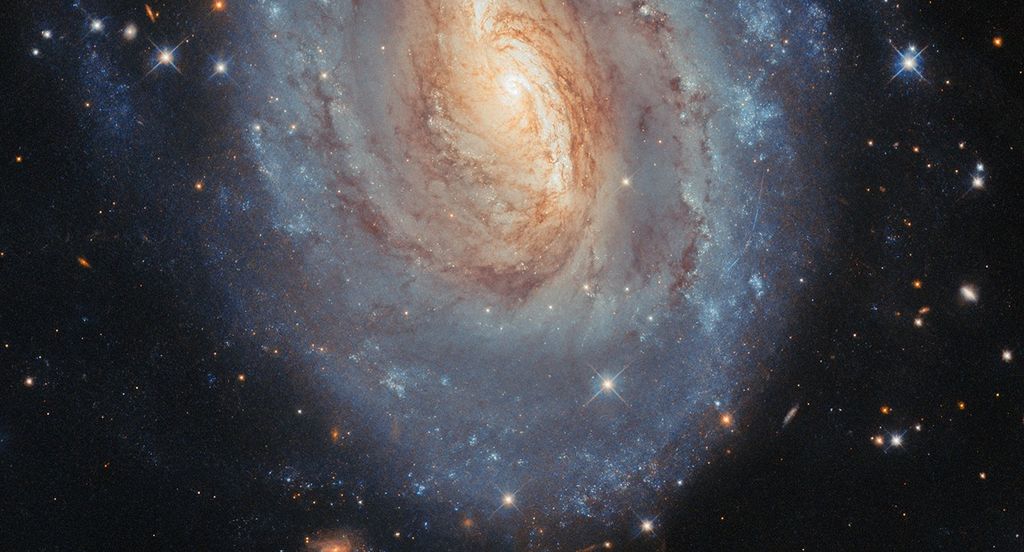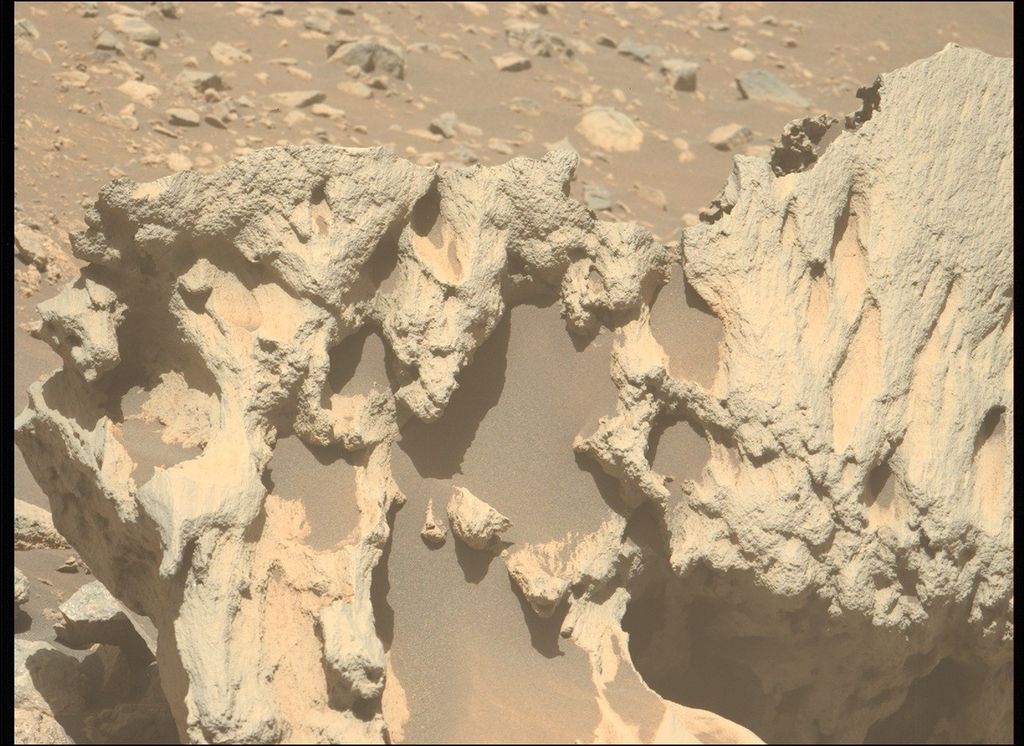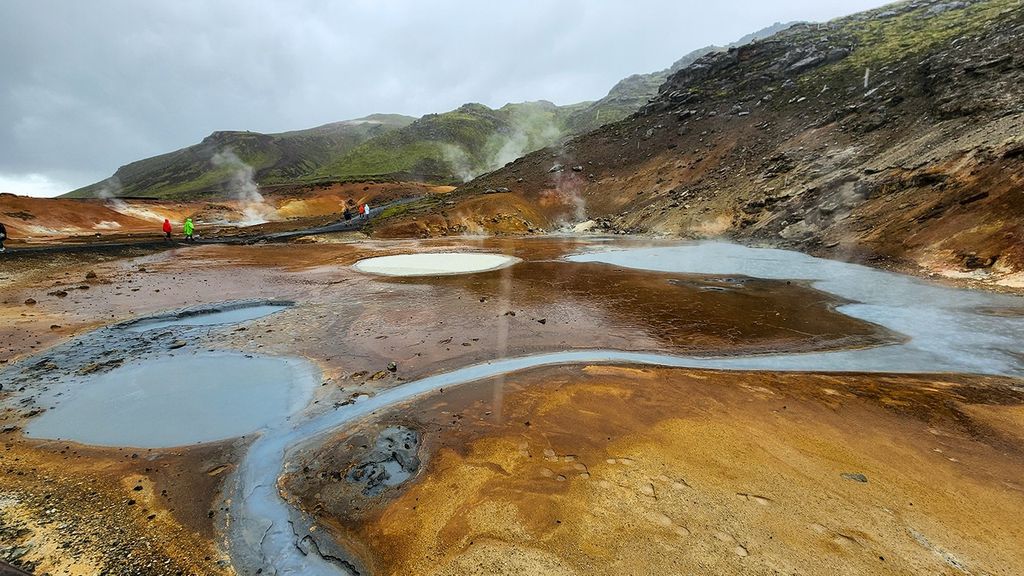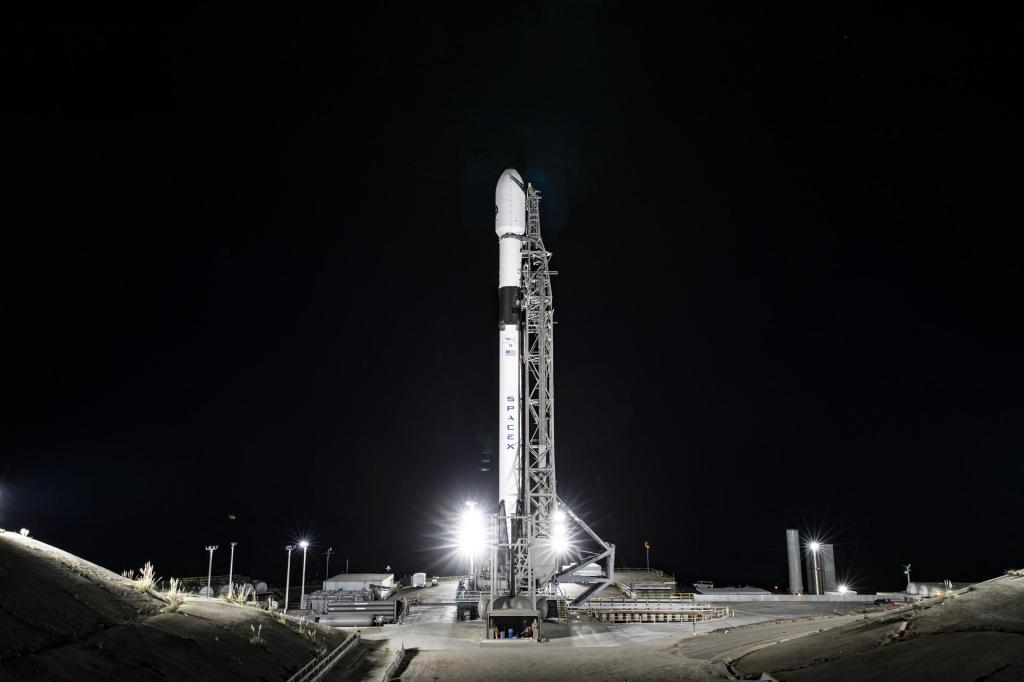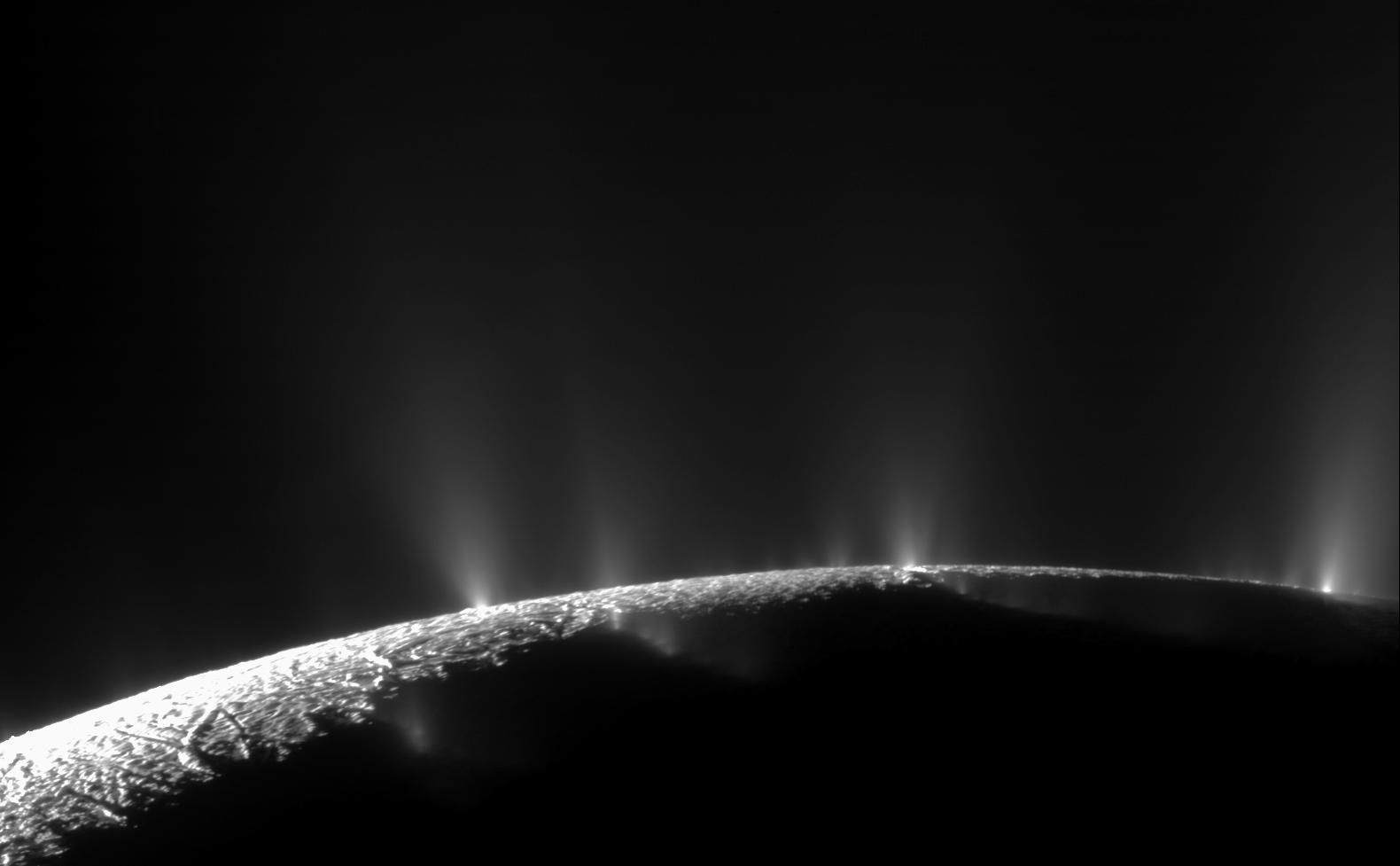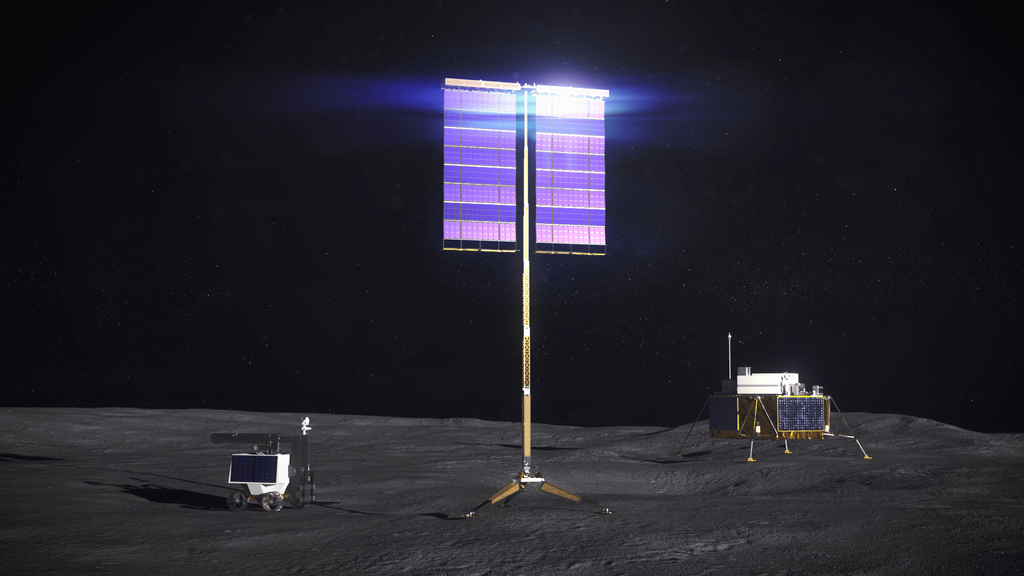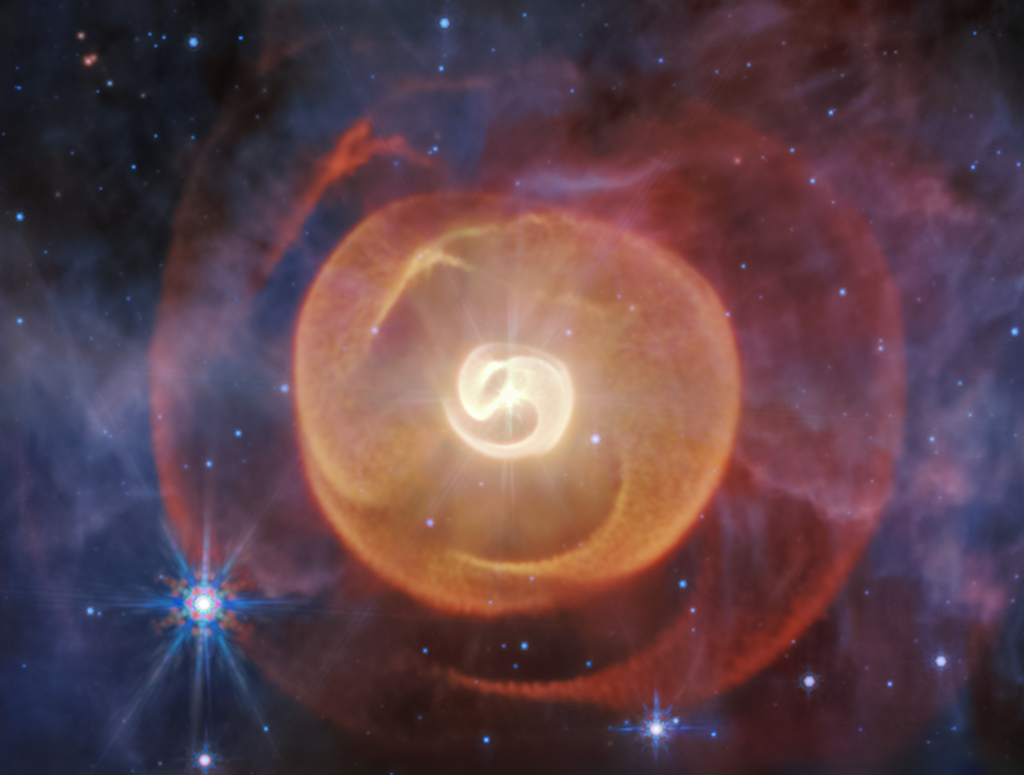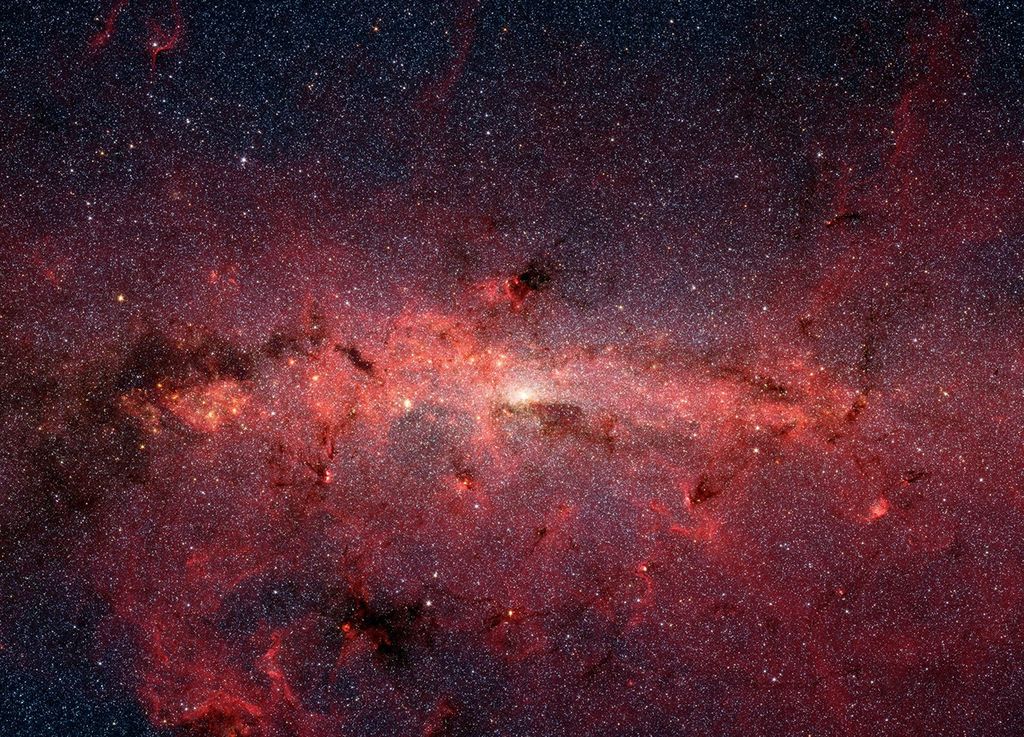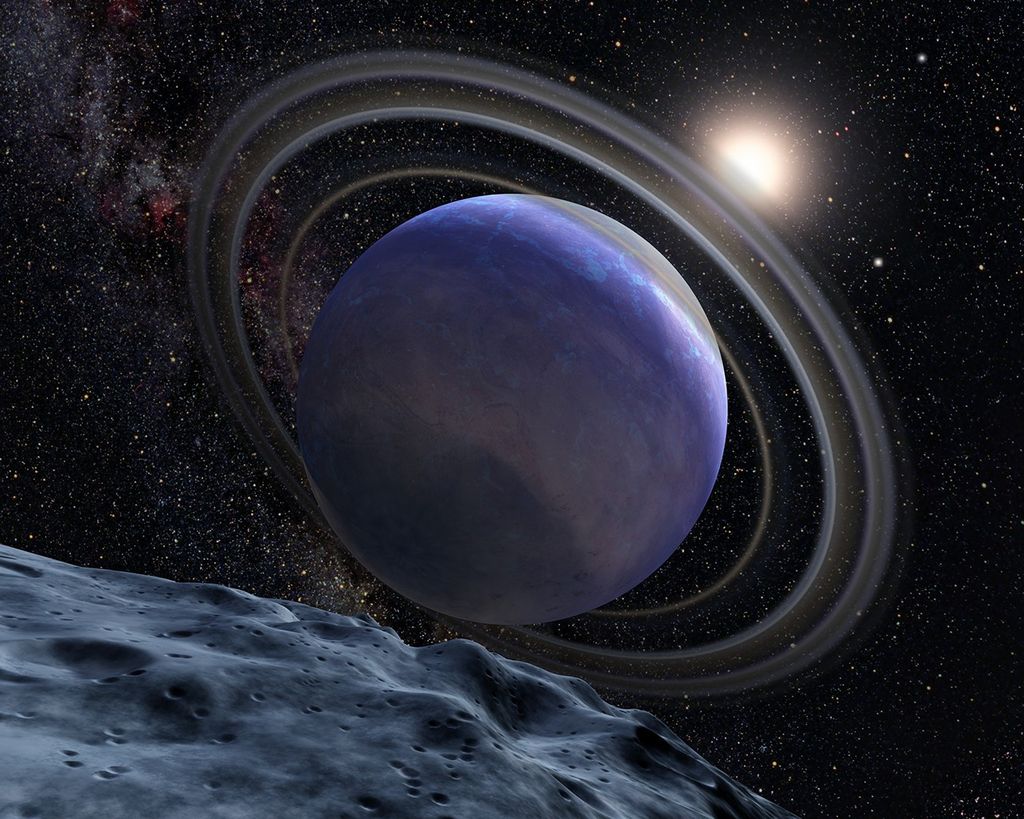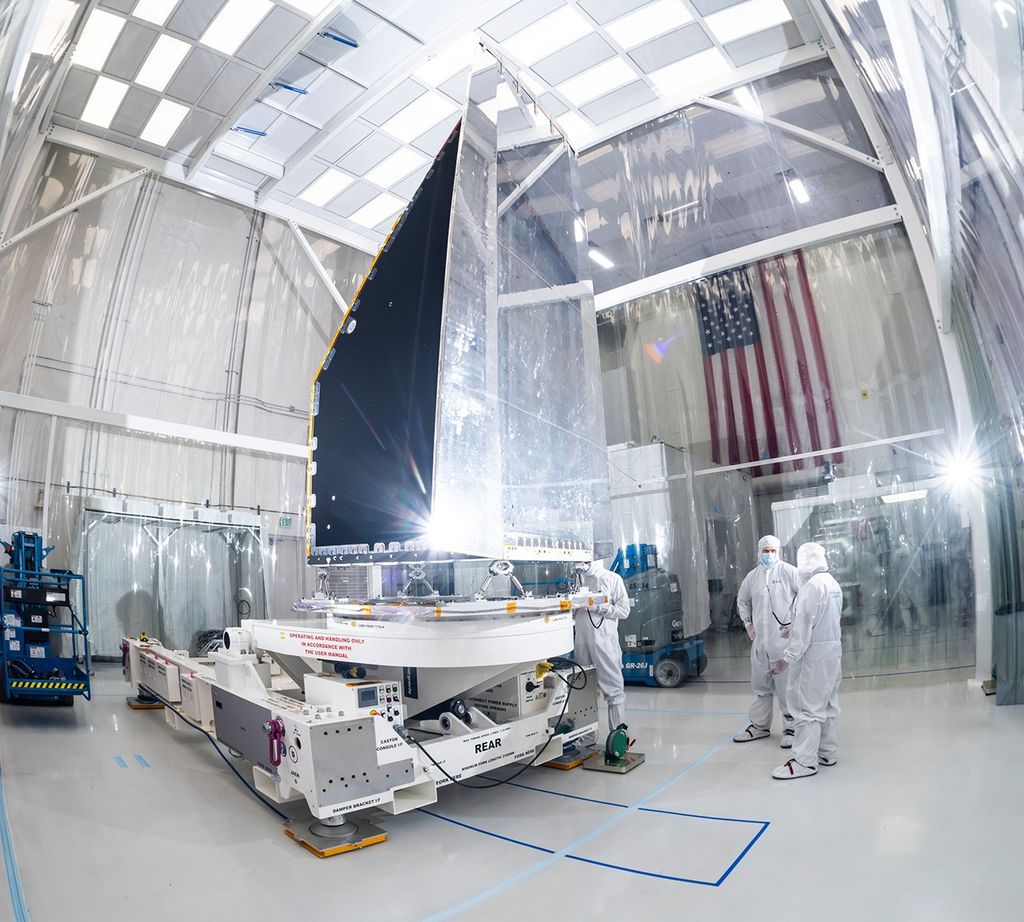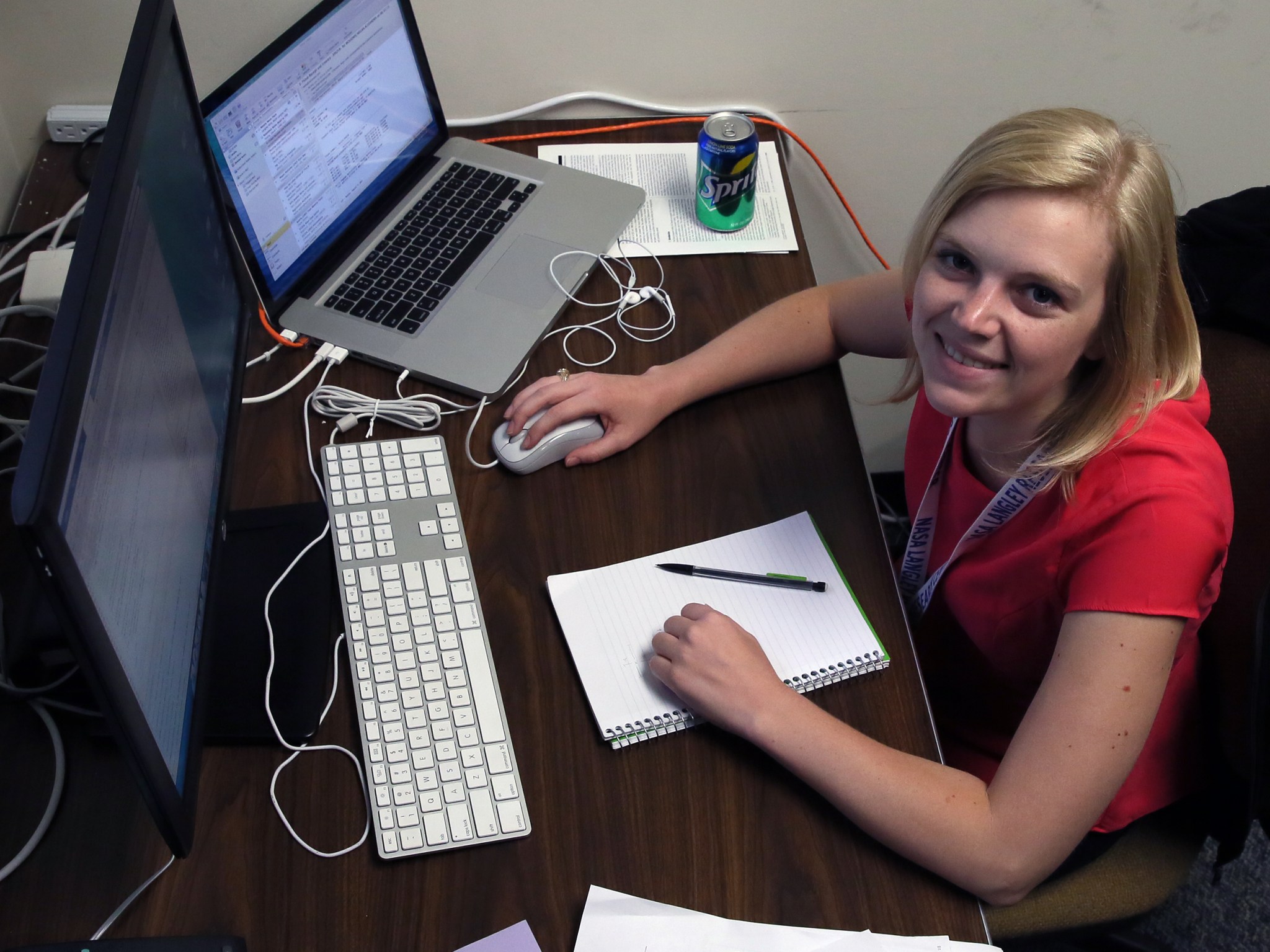“sic itur ad astra“ — This phrase from Virgil’s epic poem, Aeneid, has been my life motto since first reading it in Latin class.
The phrase meaning “and thus you shall go to the stars” caught my attention not only for its dreamy idea of travelling to a land of stars, but also for its metaphorical context. To me, the stars symbolize my dreams and, with enough endeavor and determination, I will one day reach those stars.
Growing up in Houston, Texas, I was fortunate to have a neighbor who worked at Johnson Space Center. I was always captivated by her stories from work, and given my interests, she encouraged me to apply for NASA’s High School Aerospace Scholars program. The program was comparable to taking an online class that taught students about the history of NASA and challenged us each week with various math and design problems. After the course ended, I was invited to spend a week at Johnson Space Center with other students to conduct a mock mission to Mars. It was one of the most engaging weeks of my life and at the end of the program my heart was set on working for NASA. I didn’t know how yet but I knew it was what I wanted.
A few years down the road, as I began my first semester at Texas A&M University, I had lost hope of working for NASA. I had come to believe the false stereotype that only engineers worked at NASA, and knowing that I did not have the mindset to be an engineer, I began to let this dream go.
With an interest in Earth science, I went into the meteorology field and very quickly realized I had a passion for atmospheric chemistry. I began conducting undergraduate research where I studied the growth of aerosols in the atmosphere and how they altered the formation of clouds. As I became engrossed in the field, I learned of the various types of research being conducted at other institutions, including NASA. Gradually, the NASA spark that had been in me since high school was rekindled. With new vigor and desire, I applied for an internship with NASA. I won’t forget the shock of waking up one morning to a phone call from Virginia offering me a position here at Langley as part of the NASA Interns, Fellows and Scholars program. I was in disbelief that I was going to spend my summer working alongside some of the premier researchers in the atmospheric sciences.
Prior to beginning my internship here at Langley, I made a quick detour to China. This trip was the first study abroad opportunity my university’s atmospheric science department had ever offered. I felt it was fate as not only have I always been fascinated by Chinese culture, but also China has become a hub for atmospheric chemistry research because of its ever growing pollution rates.
During my visit, I had the tremendous opportunity to tour the atmospheric chemistry facilities of one of China’s premier schools, Peking University. Having experienced the heavy air pollution first hand, I felt a new enthusiasm for my field of study … even if it wasn’t good for my health.
Upon returning to the states, I had two days to recover from my jetlag before I began the three-day drive from Texas to Virginia. However, with my excitement for the internship ahead of me, the drive was but a pebble in the road.
I’ve spent my time here at Langley analyzing data collected by the S’COOL Project, an educational and outreach branch of the CERES Project. S’COOL uses students from the across the world as cloud observers to verify the cloud detection algorithm used in CERES instruments onboard the Terra, Aqua, and Suomi-NPP satellites. In addition to CERES, I’ve also gotten to work with other weather satellites, including CALIPSO and CloudSat. During my time here, I’ve found a new zeal in satellite meteorology research.
As the internship comes to a close, I hope to find a way to combine my fascination for atmospheric chemistry with my new interest in satellites when I return to Texas A&M. In the process, I hope that my interests and research will one day bring me back to NASA so that I may, in the words of Virgil, go to the stars.

